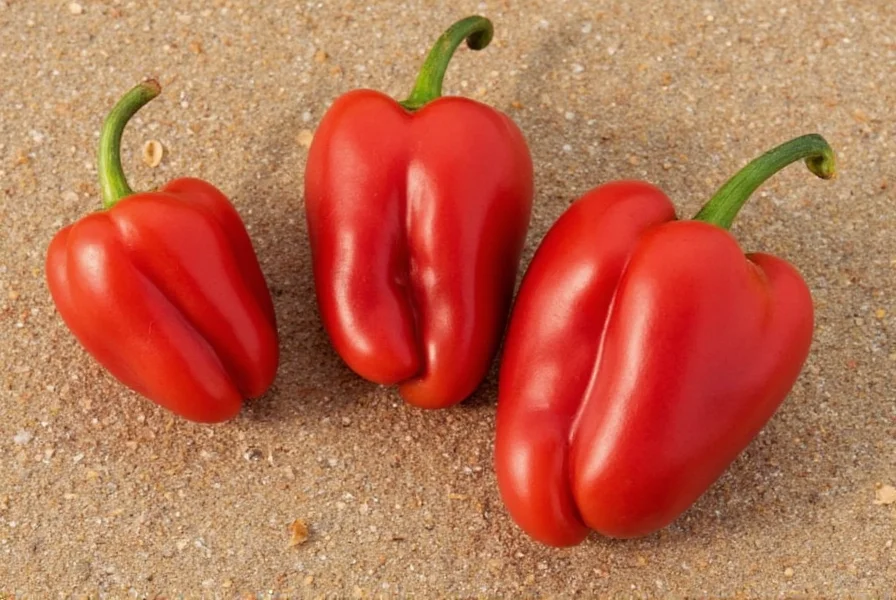Paprika tinto brass represents a sophisticated evolution in architectural metal finishes, offering designers and architects a distinctive alternative to conventional brass options. This specialized finish has gained prominence in high-end residential and commercial projects seeking warmth without the high-maintenance demands of traditional polished brass.
Technical Composition and Manufacturing Process
The unique properties of paprika tinto brass stem from its precise metallurgical composition and controlled oxidation process. Unlike standard brass finishes that rely solely on mechanical polishing, paprika tinto undergoes a multi-stage chemical treatment that creates a stable, protective layer while achieving its signature hue.
The base material consists of copper-zinc alloy with approximately 65% copper and 35% zinc, to which small amounts of tin and lead are added to enhance workability. The "tinto" (Spanish for "dyed" or "stained") designation refers to the proprietary coloring process that transforms the surface through controlled oxidation and chemical bath treatments.
| Property | Paprika Tinto Brass | Traditional Polished Brass |
|---|---|---|
| Base Composition | Cu 65%, Zn 35%, trace elements | Cu 60-70%, Zn 30-40% |
| Surface Treatment | Controlled oxidation + protective coating | Mechanical polishing only |
| Color Stability | High (minimal color shift) | Low (tarnishes quickly) |
| Maintenance Frequency | Quarterly cleaning | Weekly polishing |
| Fingerprint Resistance | Excellent | Poor |
Visual Characteristics and Aesthetic Properties
The distinctive visual appeal of paprika tinto brass lies in its complex color profile. Rather than a single uniform tone, this finish displays subtle variations that create depth and visual interest. Under direct lighting, the surface reveals warm undertones reminiscent of dried paprika peppers, while in lower light conditions it appears as a sophisticated, medium-dark bronze.
Unlike conventional brass finishes that present a bright, reflective surface, paprika tinto brass features a semi-matte texture that diffuses light elegantly. This quality makes it particularly suitable for spaces where glare reduction is desirable, such as in hospitality environments or residential settings with abundant natural light.

Architectural Applications and Design Considerations
Paprika tinto brass has found particular favor in contemporary interior design for several key applications where its distinctive properties provide both aesthetic and functional advantages:
- Door hardware - Particularly effective for entry handles and knobs where frequent contact would quickly tarnish traditional brass
- Light fixtures - Complements both modern and traditional lighting designs while maintaining its appearance under heat exposure
- Plumbing fixtures - Performs well in humid environments common to bathrooms and kitchens
- Decorative elements - Wall panels, elevator interiors, and custom millwork where a warm metallic accent is desired
When incorporating paprika tinto brass into design schemes, consider its interaction with surrounding materials. This finish pairs exceptionally well with natural woods, stone surfaces, and matte black elements. Designers seeking to create cohesive spaces should note that paprika tinto brass harmonizes with earthy color palettes while providing subtle contrast against cooler tones.
Maintenance Requirements and Longevity
One of paprika tinto brass's most significant advantages over traditional brass finishes is its reduced maintenance requirements. The specialized surface treatment creates a stable patina that resists the oxidation process that typically plagues conventional brass.
Proper care involves only occasional cleaning with a soft, dry cloth. For more thorough maintenance, a mild soap solution applied with a non-abrasive cloth suffices. Unlike polished brass, paprika tinto brass does not require chemical polishes or frequent waxing to maintain its appearance. The finish is designed to age gracefully, developing a subtle luster rather than tarnishing.
Environmental factors do affect longevity. In coastal environments with high salt content in the air, or in spaces with significant chemical exposure (such as certain industrial settings), the finish may require more frequent attention. However, even under these conditions, paprika tinto brass typically outperforms traditional brass finishes in terms of maintenance requirements.
Comparative Analysis with Similar Finishes
Understanding how paprika tinto brass differs from comparable finishes helps designers make informed material selections. While often confused with similar options, paprika tinto possesses distinct characteristics that set it apart:
- Antique brass - Typically features darker, more uneven coloring with pronounced darkening in recessed areas, whereas paprika tinto maintains more consistent coloration with subtle warmth
- Rose gold - Contains actual gold content and presents a pinker hue, while paprika tinto achieves its warmth through oxidation of standard brass alloy
- Oil-rubbed bronze - Features darker, almost black undertones with bronze highlights, contrasting with paprika tinto's uniformly warm reddish-brown tone
- Living finish brass - Intentionally allowed to tarnish and change appearance dramatically over time, unlike paprika tinto's stable, controlled patina

Environmental and Sustainability Considerations
As sustainability becomes increasingly important in material selection, paprika tinto brass offers several environmental advantages. The manufacturing process requires less frequent refinishing than traditional brass, reducing the need for chemical polishes and their associated environmental impact.
Additionally, brass itself is 100% recyclable without degradation of properties, making paprika tinto brass an excellent choice for projects pursuing green building certifications. The longevity of the finish further enhances its sustainability profile, as components require replacement less frequently than those with more delicate finishes.
Designers specifying paprika tinto brass for LEED-certified or other sustainability-focused projects should verify with manufacturers regarding specific environmental product declarations and recycled content percentages, which can vary between producers.
Implementation Best Practices
For optimal results when specifying paprika tinto brass, consider these professional recommendations:
- Request physical samples rather than relying solely on digital representations, as lighting conditions significantly affect how the finish appears
- Specify the exact finish code from manufacturers, as slight variations exist between producers of paprika tinto brass
- Consider the scale of application - this finish works particularly well for both small accent pieces and larger architectural elements
- Coordinate with lighting designers to optimize how the finish interacts with ambient and task lighting
- Establish clear maintenance protocols with building owners or facility managers before installation
When used thoughtfully, paprika tinto brass can serve as a sophisticated design element that enhances spaces while requiring minimal upkeep. Its distinctive warm tone provides a versatile option for designers seeking to incorporate metallic elements without the high maintenance traditionally associated with brass finishes.
Frequently Asked Questions
Is paprika tinto brass suitable for exterior applications?
Paprika tinto brass can be used for exterior applications but requires specific protective coatings designed for outdoor exposure. In protected exterior environments like covered entries or porches, it performs well with proper maintenance. For fully exposed exterior applications, consult with manufacturers about specialized outdoor formulations of the finish.
How does paprika tinto brass interact with different lighting conditions?
This finish responds beautifully to varied lighting. Under warm lighting, its reddish tones become more pronounced, while cooler lighting reveals subtle bronze undertones. The semi-matte surface diffuses light effectively, reducing glare compared to polished finishes. For optimal visual effect, combine with layered lighting that includes both ambient and accent sources.
Can paprika tinto brass be repaired if scratched?
Minor scratches typically blend into the finish over time due to its textured surface. For more significant damage, manufacturers offer touch-up solutions specifically formulated for paprika tinto brass. Unlike polished brass, these repairs generally don't require full refinishing of the affected component, making maintenance more practical.
What makes paprika tinto brass different from regular antique brass finishes?
While both finishes have warm tones, paprika tinto brass features a more consistent, medium-dark reddish-brown hue with subtle texture, whereas antique brass typically shows pronounced darkening in recessed areas and a more variable appearance. Paprika tinto also offers superior fingerprint resistance and requires less maintenance than traditional antique brass finishes.
Is paprika tinto brass appropriate for high-traffic commercial spaces?
Yes, paprika tinto brass is particularly well-suited for high-traffic commercial environments due to its fingerprint resistance and durable finish. Hospitality venues, office lobbies, and retail spaces increasingly specify this finish for door hardware and fixtures where traditional brass would require constant polishing. The finish maintains its appearance well under frequent use.











 浙公网安备
33010002000092号
浙公网安备
33010002000092号 浙B2-20120091-4
浙B2-20120091-4